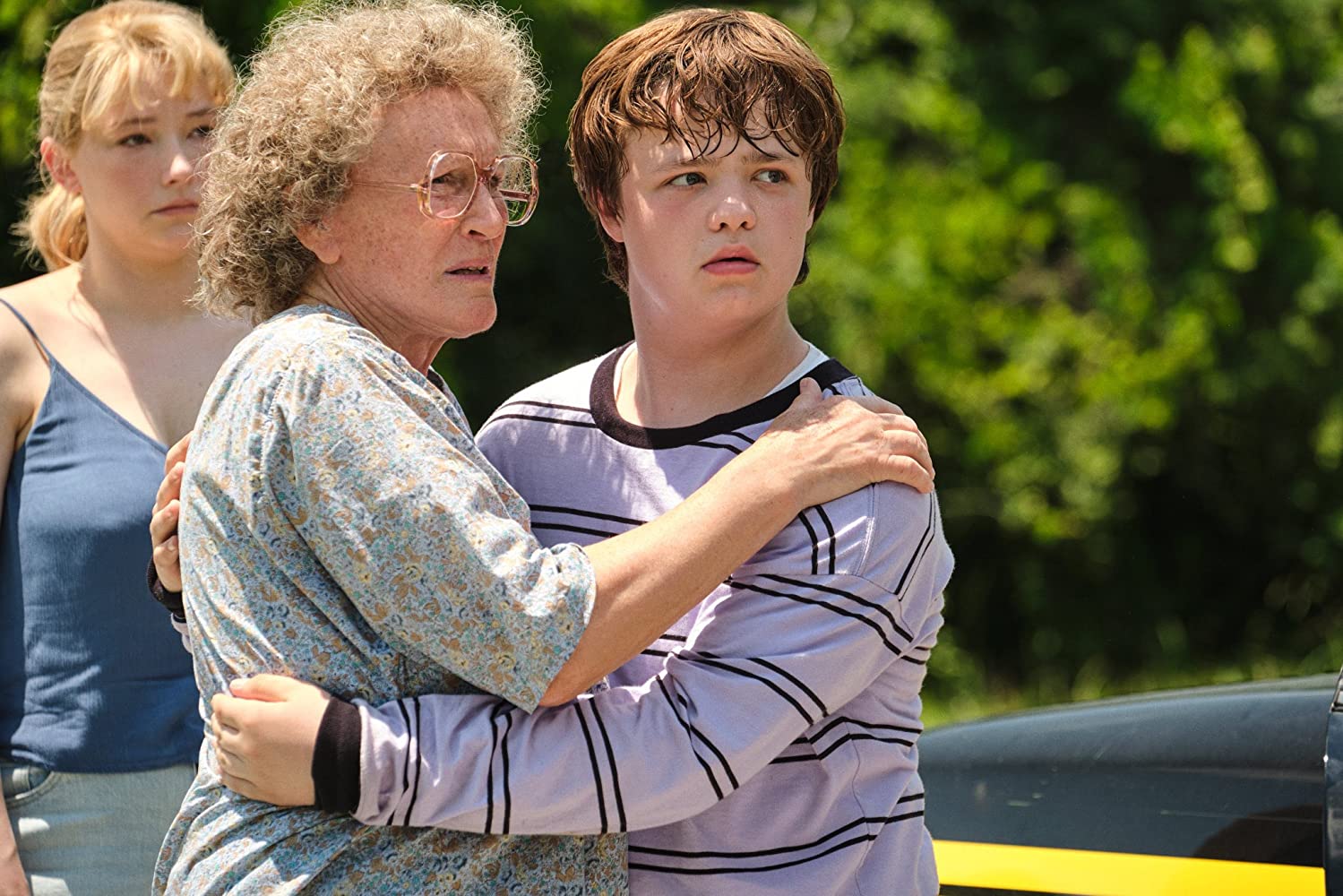Movie Overview and Context
Hillbilly elegy movie – Hillbilly Elegy is a 2020 American biographical drama film directed by Ron Howard and starring Amy Adams, Glenn Close, Gabriel Basso, and Haley Bennett. The film is based on the 2016 memoir of the same name by J. D. Vance, which recounts his upbringing in a dysfunctional Appalachian family and his eventual rise to success as a Yale Law School graduate.
Hillbilly Elegy, a captivating movie, sheds light on the challenges faced by the Appalachian region. At the heart of the story lies J.D. Vance, a brilliant law student who must confront his troubled past in Kentucky. His wife, Usha Chilukuri , a fellow Yale Law School graduate, plays a pivotal role in his journey, providing support and encouragement as he navigates the complexities of his life and the region he left behind.
Hillbilly Elegy paints a poignant portrait of the struggles and triumphs of the Appalachian people, and J.D. Vance’s story serves as a testament to the resilience of the human spirit.
The film explores the complex and often contradictory nature of the American dream, as well as the challenges and opportunities faced by people living in poverty in rural America. It also sheds light on the opioid crisis that has ravaged Appalachia in recent years.
Cultural and Historical Context, Hillbilly elegy movie
Hillbilly Elegy is set against the backdrop of the opioid crisis, which has had a devastating impact on Appalachia. The film shows how the crisis has torn apart families and communities, and how it has made it difficult for people to escape poverty.
The film also explores the cultural and historical factors that have contributed to the opioid crisis in Appalachia. It shows how the region has been economically depressed for decades, and how this has led to a lack of opportunity and a sense of hopelessness.
The Hillbilly Elegy movie, based on J.D. Vance’s memoir, paints a poignant picture of poverty and resilience in the American heartland. While it highlights the struggles faced by many in Appalachia, the film also offers a glimpse into the complexities of family dynamics.
The character of Amber Rose, a former model and activist, serves as a reminder that even those who seem to have everything can face their own challenges. Her story, as told in the amber rose biography, echoes the themes of resilience and hope that permeate the Hillbilly Elegy narrative.
Character Analysis and Relationships: Hillbilly Elegy Movie

J.D. Vance, the protagonist of Hillbilly Elegy, navigates a complex tapestry of relationships that profoundly shape his journey. His bond with his mother, Bev, is a central thread, marked by both love and struggle. Bev’s addiction and tumultuous personal life cast a long shadow over J.D.’s childhood, forcing him to confront the harsh realities of poverty and dysfunction.
J.D. and Bev: A Troubled Bond
J.D.’s relationship with Bev is fraught with both affection and frustration. Despite her struggles, J.D. deeply loves his mother and recognizes her resilience in the face of adversity. However, Bev’s addiction and erratic behavior often strain their bond, leaving J.D. feeling torn between his loyalty and his need for stability.
Supporting Characters: Shaping J.D.’s Life
Beyond his immediate family, J.D. encounters a cast of supporting characters who play significant roles in his life. His grandmother, Mamaw, provides a haven of stability and unconditional love, offering him a glimpse of a different life. His sister, Lindsay, serves as a constant companion, sharing the joys and hardships of growing up in a dysfunctional family. And his friends, Usha and Kenny, offer a sense of belonging and support.
Social and Economic Commentary

Hillbilly Elegy provides a poignant and unflinching look at the challenges faced by the working class in rural America. It portrays the devastating effects of poverty, addiction, and systemic inequality, shedding light on the urgent need for social and economic reform.
Poverty and its Consequences
The film vividly depicts the grinding poverty that afflicts the Appalachian region, where generations of families have struggled to escape a cycle of deprivation. The Vance family’s dilapidated home, lack of access to healthcare, and reliance on government assistance illustrate the harsh realities of living in poverty. The movie highlights the toll that poverty takes on individuals, families, and communities, leading to poor health, mental illness, and social isolation.
Addiction and its Grip
Hillbilly Elegy also confronts the rampant addiction that plagues rural America. The film follows J.D. Vance’s mother, Bev, as she battles a debilitating addiction to opioids. The movie shows the devastating consequences of addiction, including the destruction of relationships, loss of employment, and the cycle of despair that can trap individuals and families.
Systemic Inequality and its Barriers
The movie exposes the systemic inequality that perpetuates poverty and addiction in rural America. It shows how factors such as lack of access to quality education, healthcare, and job opportunities contribute to the cycle of disadvantage. The film highlights the importance of breaking down these barriers and creating a more just and equitable society.
Education and Opportunity as a Lifeline
Hillbilly Elegy emphasizes the transformative power of education and opportunity. It follows J.D. Vance’s journey as he escapes the poverty of his upbringing through education. The film shows how access to quality education can empower individuals to break the cycle of poverty and achieve their full potential. It also highlights the importance of mentorship and support systems in helping individuals overcome adversity.